Before Caitlin Walsh, 15, stopped going to school she would attend two days a week, and sometimes not until lunchtime.
The Dundee teenager is one of more than 2,000 Tayside and Fife secondary pupils who missed more than half of their schooling last year.
Years ago, they would have been called truants. Today, they’re known as school refusers or school avoiders.
But for many it’s far from being simply unwilling to go to school. It’s being unable to go to school.
Poor mental health, bullying and additional support needs are among the factors, and there’s a perception rates of school refusal or school avoidance have been exacerbated by the pandemic.
The consequences can be devastating for families, with parents often left feeling helpless when unable to persuade a child to go to school.
In a series of articles about school refusal and school avoidance, we are looking at causes, the support available and the young people themselves.
When Caitlin started S1 her attendance was perfect, she told us.
But all that changed in S3 after Covid struck.
School refusal: Impact of Covid on young people’s mental health
“Everything started getting a bit different and that’s when I started coming in two days a week, coming in at lunchtime”, she said.
“The school setting, I knew it wasn’t for me at that point. I just didn’t like it, didn’t like the way teachers would speak down to you, and that would make me quite anxious going into school.”
The pandemic, she says, was a big trigger for her reluctance to go to school.
She said: “It really hit my year hard because we were in first year, we were just getting used to high school.
“When we got properly back into school it was third year already. We were picking our subjects, and we hadn’t really got to experience all the subjects.
“The school expected us to come back in and ‘bang’, straight on with work, but some people I know didn’t do any work at all [during lockdown].
“Everyone was at different levels, no one knew what they were doing and it was really difficult.”
From truancy to school avoidance
Youth worker Chika Inatimi has worked with Dundee youngsters for almost 25 years.
With the charity Front Lounge, he runs a garment production course – Kindred Clothing – for, among others, disengaged pupils.
And this course been helping Caitlin and several of her peers who we spoke to.
Truancy, Chika said, used to involved a marginal hardcore, with kids bunking off to smoke behind the sheds.
But he has witnessed a big change in the pattern of behaviour, parents’ role, the numbers involved and schools’ approaches.
Reflecting Caitlin’s story, he says the issue has always existed but has been exacerbated by Covid.
He said: “The sense since the pandemic has been that the kids vulnerable to school refusing has grown significantly, for whatever reason.
“Part of that is mental health, there’s a lot of anxiety.”
Also, he suggested, Covid lockdowns have perhaps opened a Pandora’s box.
“Maybe young people, this generation who went through that two years, have realised there are other ways of doing things.
Parents are powerless. They are turning to the school for help and the school has no answer.”
Youth worker Chika Inatimi
“They’re now aware there are other ways of learning.”
But, he said, something has definitely changed.
“A head teacher told me that experienced teachers who have routines, little tricks they do to get young people on side or calmed down, they are finding their little tricks aren’t working any more.”
When a child does refuse to go to school, finding solutions is difficult and mental health services are under extreme pressure.
Chika said: “Parents are powerless. They are turning to the school for help and the school has no answer.
“There’s an issue with resources.”
School attendance data for Dundee, Angus, Fife and Perth and Kinross
Last year 384 Dundee secondary school pupils missed more than half of their classes. For Angus that figure was 283, Perth and Kinross 339 and Fife, 1016.
This ranges from 4.3% to 4.8% of the total secondary school population.
Over the last couple of years, secondary school attendance has fallen below 90% in Dundee, Angus, Fife and Perth and Kinross according to Education Scotland data.
The lowest levels are in S3.
Inspectors who have visited local schools since the pandemic have highlighted attendance issues.
At Baldragon Academy they said lessons were disrupted by pupils arriving late or not at all.
St John’s High School was told to improve attendance as a matter of urgency.
Scottish Conservative shadow education secretary Stephen Kerr MSP described this as a deeply worrying trend.
He said: “Reduced classroom time will only harm the chances of improving attainment, particularly among our more deprived pupils.”
As soon as I go in the school doors I feel like everyone is looking at me.
Lexi McMillan, 14
Anxiety and school refusal
Mental health has been the barrier for Lexi McMillan, 14, who is in S3, and struggled to return to school after the pandemic.
She goes to school every day but has stopped going to classes and instead reports to a health and wellbeing officer.
She said: “We fell so far back in our learning, then coming back into school, we were expected to do everything perfectly. That’s a lot of pressure when you haven’t been to school in ages.
“When I was back into full time school I stayed off for another two weeks because I was so anxious to go to school.
“I was actually having anxiety attacks thinking about going into school because I hadn’t been there in ages.”
Once you have been off, she says it becomes more difficult to return.
She said: “As soon as I go in the school doors I feel like everyone is looking at me.
“If you walk into a class late, the teacher gives you into trouble then everyone is staring at you the whole lesson.
“If I’m late for school I just won’t go.”
Anxiety was the common thread for Ellie Fraser, 14, who was down to attending only three periods a week.
But her confidence has soared since she started attending Kindred Clothing and she is back to going to all but one subject.
While not the sole cause of her reluctance to go to class, Ellie said the pandemic did blight her start to high school.
She said: “Right through our P7 it was lockdown, then we didn’t get any transition. So it was straight in on the first day, you got your timetable, you had no clue where you were going.
“It was hard. We didn’t feel prepared because we hadn’t done most of the P7 work. We just got thrown straight in.”
Charlie Boyle, 15, described her distress at being in the school setting.
She said: “I’m in school four days a week but I don’t really attend classes; I go to English and maths and that’s about it.
“It’s anxiety but it’s also the school setting, I just don’t like it.
“It’s how busy it is but also a lot of the teachers don’t understand why you are not going to class or don’t understand your points, where you are coming from. There’s a lot of pressure.”
More in our school refusers series:
- Autistic Fife teenager Alannah missed her entire final year
- Fife counsellor says bullying and violence can make children too scared to go to school
- Angus parent reveals anguish of daughter too anxious for school
- The Dundee teachers helping teenagers so anxious they are housebound
- The law and advice for when kids won’t go to class
Caitlin, Lexie, Ellie and Charlie’s experiences are becoming more and more common, according to mental health charity YoungMinds.
And this is stemming from varied and complicated reasons including bullying and academic pressure, says head of services Roxane Caplan.
She said: “There are worrying indications more young people are experiencing emotionally based school avoidance.
“In the last couple of years we’ve received an increase in calls to our helpline from parents concerned about their children struggling to attend school.
“Parents are desperately worried about their children’s mental health and schools can and should be supportive environments.”
How is emotionally-based school avoidance being tackled?
Dundee City Council is a developing guidelines for schools on emotionally-based school avoidance (EBSA).
Caroline Corcoran, principal educational psychologist, said: “School refusal can happen for a range of reasons and is associated with longer term outcomes including reduced future aspirations, poor emotional regulation, mental health difficulties, limited academic progress and reduced employment opportunities.
“Emotionally based school avoidance (EBSA) is a term that helps put a spotlight on the complex dynamic and interplay between a child’s coping skills and the demands of the school and wider environment.
“This perspective can give a broader understanding of the ‘root cause’ of a young person’s difficulty and result in more flexible and targeted approaches to support.”
The pandemic, she said, had particularly affected young people and school life reflected the changes and anxieties in society.
Where there are additional support needs, Ruth McConnachie, accessibility and inclusion service depute, said plans and support will aim to understand the root cause of the issues and potential stressors.
These will also look at how school environment challenges can be overcome and at strategies for regulating emotions.
She said: “Schools access a vast range of training, supports and services to facilitate these approaches.
“We recognise that, for some young people, our solutions may include some provision outwith mainstream settings for a period.
“To meet this need, we have a range of educational provisions that can work flexibly with young people and schools to support solutions.”
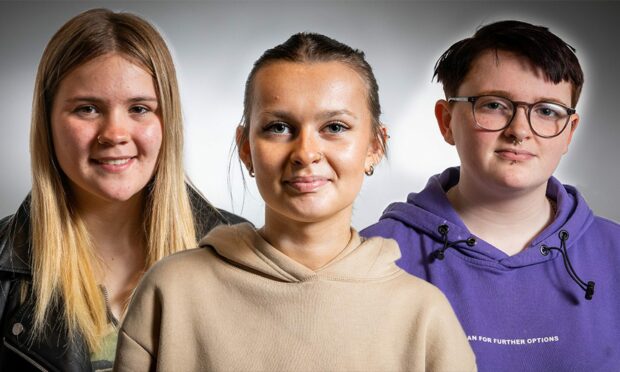
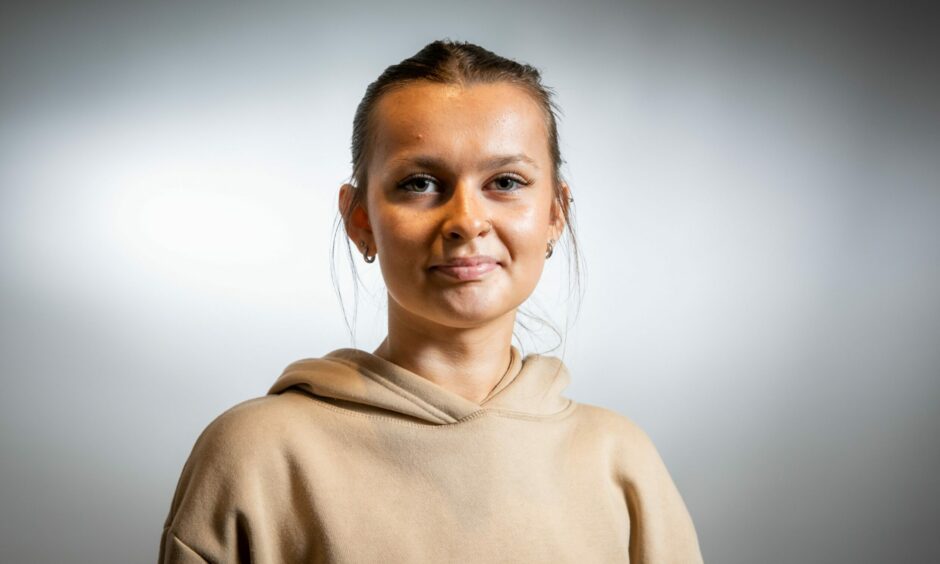
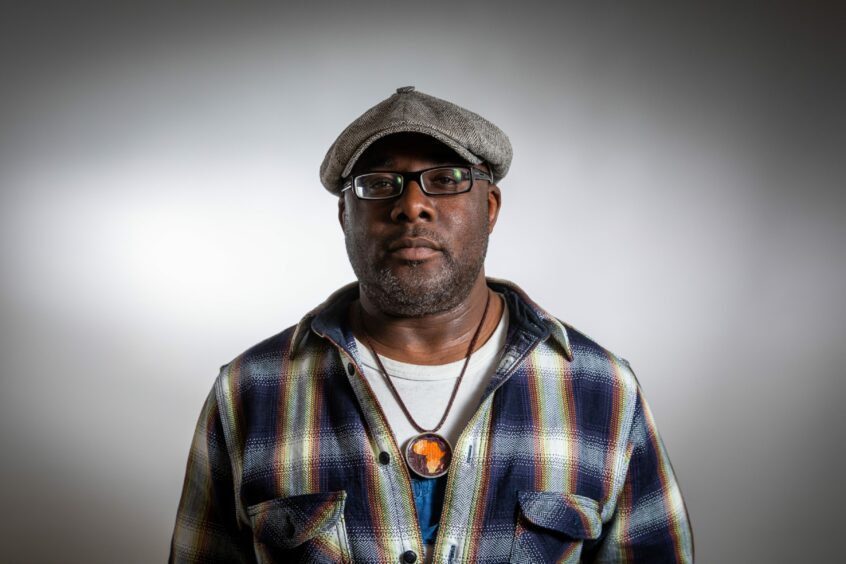
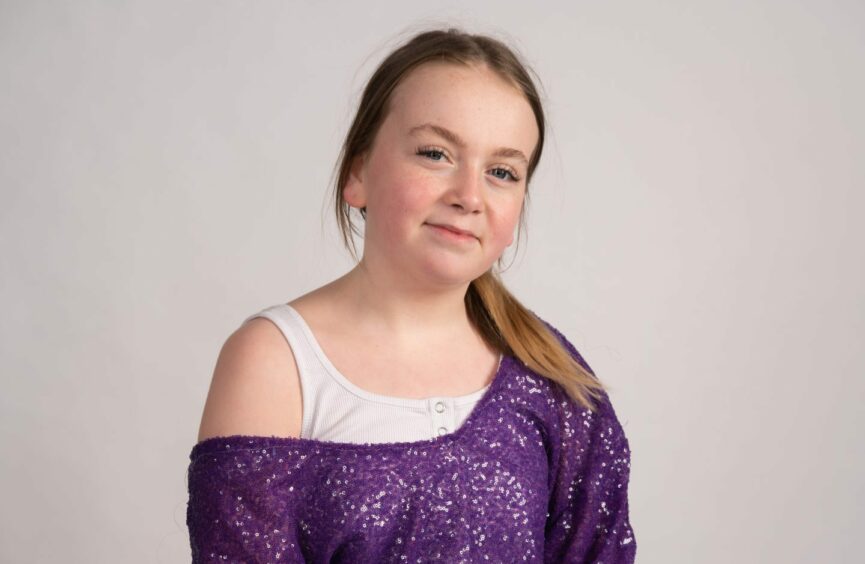
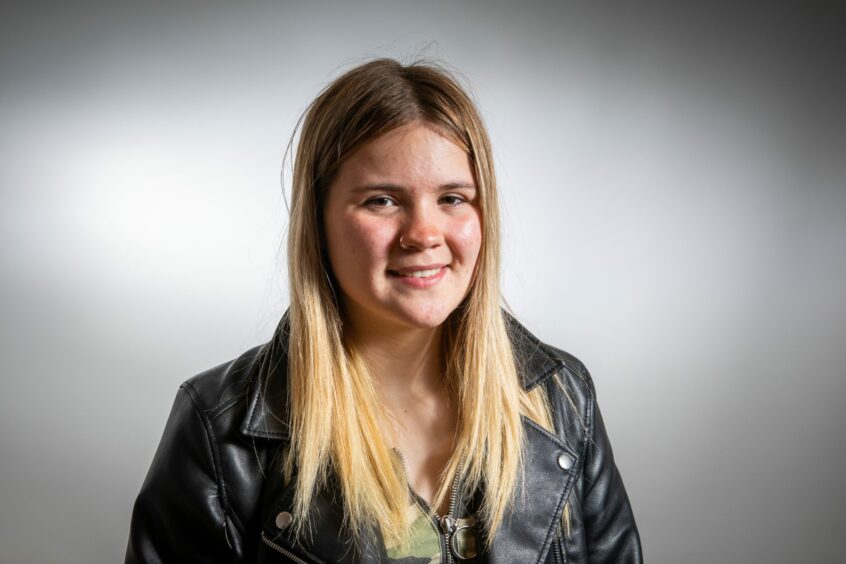
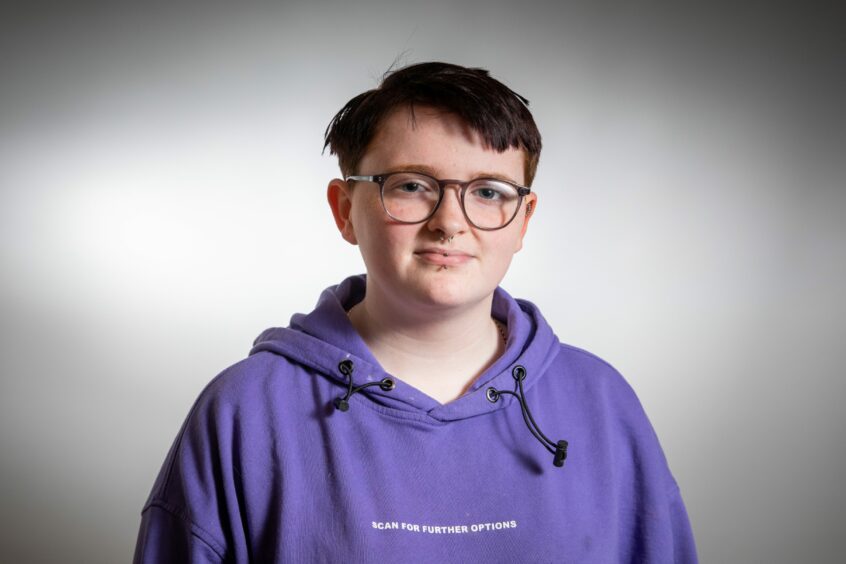











Conversation